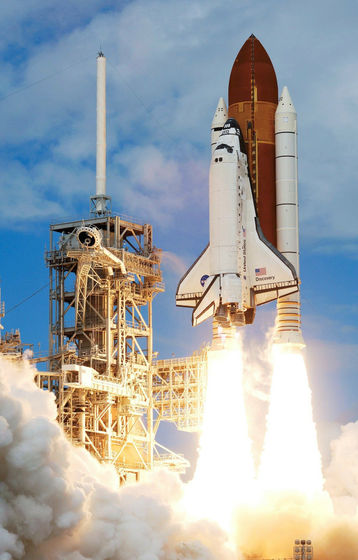Project on construction of 'super-large spacecraft with a total length of several kilometers' started in China

The National Natural Science Foundation of China (NSFC) has announced a research project investigating the construction of a 'kilometer-class super-large spacecraft' that will remain in orbit for a long time to support space exploration. Even the 110-meter-wide
National Natural Science Foundation of China Commissioned Association '14th Five-Year' First Critical Item Guidance and Request Precautions Notification
http://www.nsfc.gov.cn/publish/portal0/tab442/info81561.htm
China wants to build a mega spaceship that's nearly a mile long | Live Science
https://www.livescience.com/mega-spaceship-china-proposal.html
China eyes'ultra-large spacecraft' spanning miles in US $ 2.3m crewed mission push | South China Morning Post
https://www.scmp.com/news/china/science/article/3146224/china-eyes-ultra-large-spacecraft-spanning-miles-us23m-crewed
On August 5, 2021, NSFC announced the first of 78 major projects across nine scientific disciplines. Among them, one of the 10 research projects formulated by the Department of Mathematical and Physical Sciences is a project to study the feasibility of 'ultra-large space structures'. The project specifically aims to minimize the weight of the spacecraft in order to reduce the number of launches and construction costs.

NSFC described the spacecraft that is the object of this project as 'The kilometer-sized super-large spacecraft is a strategic spacecraft for future utilization of space resources, elucidation of the mystery of the universe, and long-term stay in orbit. It is positioned as. The budget is 15 million yuan (about 250 million yen) in 5 years.
Professor Michael Lembeck of the University of Illinois at Urbana-Champaign, who has been involved in various public and private space projects, told the science news site Livescience that a kilometer-class giant spacecraft is impossible with modern technology. It states that. According to Professor Lembeck, even the development of the capsules needed to carry astronauts to the ISS cost $ 3 billion. By comparison, the budget for this project is small for a space program, so this project is 'a small-scale study to formulate a very basic framework and confirm the height of the required technical hurdles.' That's just what Professor Lembeck points out.
Professor Lembeck said, 'Planning for a giant spaceship several kilometers in size is

Meanwhile, Professor Mason Peck, a researcher in aerospace engineering at Cornell University and a chief engineer at NASA, is in a position to be fully feasible. According to Professor Peck, the biggest challenge is the enormous cost of launching materials into space. According to NASA's announcement, even an ISS with a total width of about 110 meters costs $ 100 billion to build. However, instead of the conventional method of assembling parts made on the ground in orbit, if the raw materials launched from the ground are processed into parts in space using 3D printing technology, it seems that the launch cost can be greatly reduced.
Another option is to procure materials from the moon. Professor Peck says it's very easy to launch material from the surface of the moon into space because the moon has much less gravity than the earth. However, it will not be realized immediately because it is necessary to build a launch infrastructure on the moon to realize this plan.
Professor Peck said of the giant spacecraft, 'The problem is not about hitting insurmountable obstacles, but about scale,' because it is possible to achieve it if we overcome cost and budget issues. ..
Related Posts:






